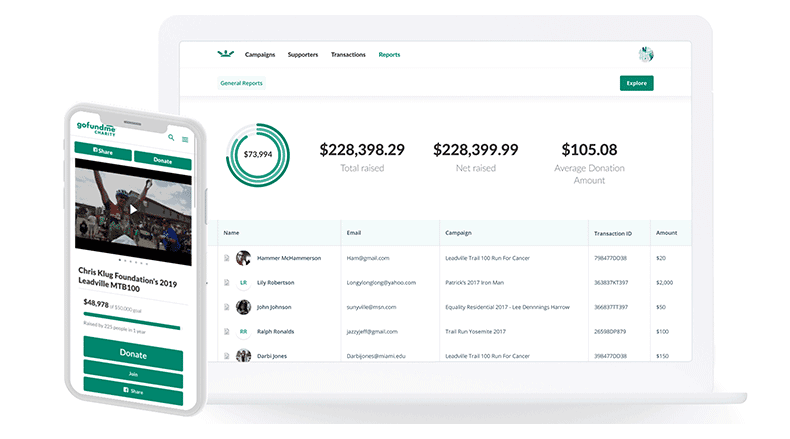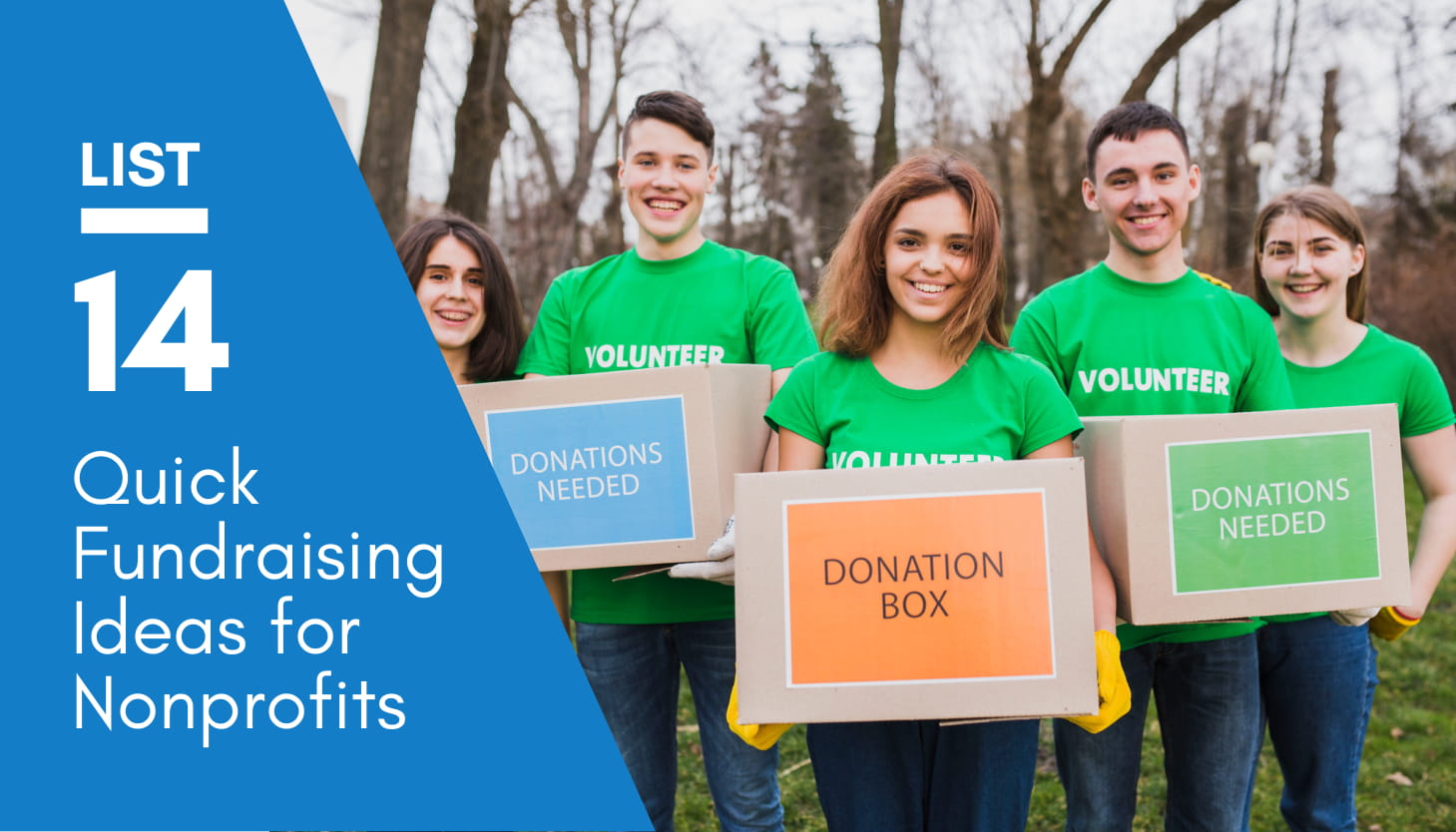Nonprofit Agency: Expert Services to Assistance Your Mission and Goals
Nonprofit Agency: Expert Services to Assistance Your Mission and Goals
Blog Article
The Duty of Community Interaction in Nonprofit Fundraising: Building Lasting Relationships for Lasting Support
Community engagement is significantly acknowledged as an important component of effective nonprofit fundraising. The techniques and methods used to involve communities differ extensively, increasing important questions about performance and impact.
Recognizing Community Interaction
Neighborhood involvement is a vital element of successful not-for-profit fundraising efforts. It refers to the strategies and activities that organizations use to get in touch with their local neighborhoods, promoting partnerships that are equally valuable. Comprehending neighborhood interaction includes recognizing its complex nature, that includes partnership, engagement, and outreach. Nonprofits have to determine essential stakeholders-- such as community members, local companies, and various other companies-- to produce effective engagement strategies.
Reliable community involvement is asserted on energetic listening and responsiveness to the demands and passions of the community. This procedure involves obtaining comments, comprehending neighborhood dynamics, and making certain that the company's goal aligns with neighborhood top priorities. Engaging the community can take different kinds, consisting of public conferences, volunteer chances, and collaboration campaigns, each developed to urge participation and financial investment in the organization's objectives.
In addition, community interaction need to be approached as a continuous discussion as opposed to an one-time effort. By fostering an inclusive setting where community voices are listened to and valued, nonprofits can build a strong foundation for future fundraising undertakings. Eventually, a deep understanding of area involvement equips companies to create authentic connections that enhance their total effectiveness and sustainability.
Advantages of Solid Relationships
Solid relationships formed via neighborhood interaction return countless benefits for nonprofit fundraising initiatives. Most importantly, these partnerships foster trust fund and integrity, essential parts in encouraging benefactors to contribute. When prospective fans see a not-for-profit proactively associated with their community, they are much more most likely to rely on its mission and effect.

Additionally, these partnerships help with efficient interaction. Nonprofits can utilize their connections to share stories of effect, updates, and needs, making certain that supporters stay enlightened and involved. This open line of communication not only strengthens bonds but also motivates word-of-mouth promo, increasing the nonprofit's reach.
Last but not least, solid area connections can attract new partners and enrollers. Organizations and individuals are a lot more inclined to line up with companies that show meaningful community involvement, giving extra sources and assistance that can substantially boost fundraising capabilities. Thus, growing durable relationships via community interaction is important to a not-for-profit's long-lasting fundraising success.
Methods for Effective Involvement
Exactly how can nonprofits successfully engage their communities to improve fundraising initiatives? Routine updates, engaging content, and calls-to-action can galvanize neighborhood passion and participation.
Second, organizing neighborhood events, such as workshops, volunteer chances, or fundraising drives, assists in in person communication, permitting nonprofits to display their impact and initiatives. These events not only raise funds but additionally grow relationships and enable community participants to engage straight with the cause.
Third, implementing tailored communication strategies can improve interaction. Tailoring messages to details benefactor sections based upon interests and previous contributions fosters a feeling of belonging and investment in the organization's goal.
Last but not least, developing collaborations with regional businesses and community leaders can enhance outreach initiatives. Collective efforts can boost visibility and reliability, showing a cumulative commitment to the neighborhood's well-being. By integrating these approaches, nonprofits can build long lasting connections that boost fundraising initiatives and drive sustainable support.
Determining Involvement Success
While engaging the neighborhood page is important for successful not-for-profit fundraising, determining the effectiveness of these engagement initiatives is equally crucial. Developing clear metrics allows companies to analyze how well they are linking with their target market and achieving their fundraising objectives. Key efficiency indications (KPIs) such as benefactor retention rates, volunteer engagement degrees, and engagement on social media platforms offer substantial information for evaluation.

Routinely assessing these metrics makes it possible for organizations to pivot their strategies when necessary, ensuring that community engagement continues to be straightened with their total goal. Moreover, sharing these outcomes with stakeholders cultivates openness and develops count on, encouraging additional area participation. Eventually, a durable dimension structure not just notifies future fundraising initiatives yet also reinforces the connection between the not-for-profit and its advocates, preparing for sustainable success.
Study in Community Influence
Various study illustrate the extensive effect that area interaction can have on not-for-profit fundraising success. One notable instance is the "Food for Thought" campaign, where a local food bank partnered with businesses and colleges to host area dinners. These occasions not only increased funds yet likewise fostered a sense of belonging amongst participants, significantly enhancing donor retention rates.
Another engaging situation is the "Eco-friendly Spaces Project," which included neighborhood citizens in the revitalization of city parks. This effort not just garnered financial backing from neighborhood organizations yet likewise cultivated a volunteer base that contributed to recurring maintenance and programs. The feeling of ownership and satisfaction among neighborhood participants converted into continual payments.
In the realm of arts, the "Art for All" project effectively involved neighborhood artists and customers to develop collaborative art setups, resulting in enhanced exposure and donations for a local arts nonprofit.
These examples highlight that when nonprofits focus on area participation, they can produce long lasting relationships that improve fundraising efforts, making sure lasting assistance and cultivating a dynamic neighborhood society. Such situations demonstrate that community interaction is not just a technique but a crucial column of nonprofit success.
Conclusion
Finally, neighborhood interaction is important to the success of not-for-profit fundraising initiatives. By fostering solid relationships with neighborhood stakeholders, organizations boost count on and reputation, leading to enhanced contributor retention and loyalty. Implementing effective interaction strategies and measuring their impact guarantees that nonprofits can grow and adapt. Inevitably, a durable structure of neighborhood support not just intensifies fundraising prospective but additionally cultivates a culture of collaboration, my review here necessary for attaining lasting business objectives and sustaining meaningful impact.
Nonprofits have to determine essential stakeholders-- such as community participants, local services, and various other organizations-- to develop efficient engagement methods.

In conclusion, neighborhood involvement is essential to the success of not-for-profit fundraising initiatives.
Report this page